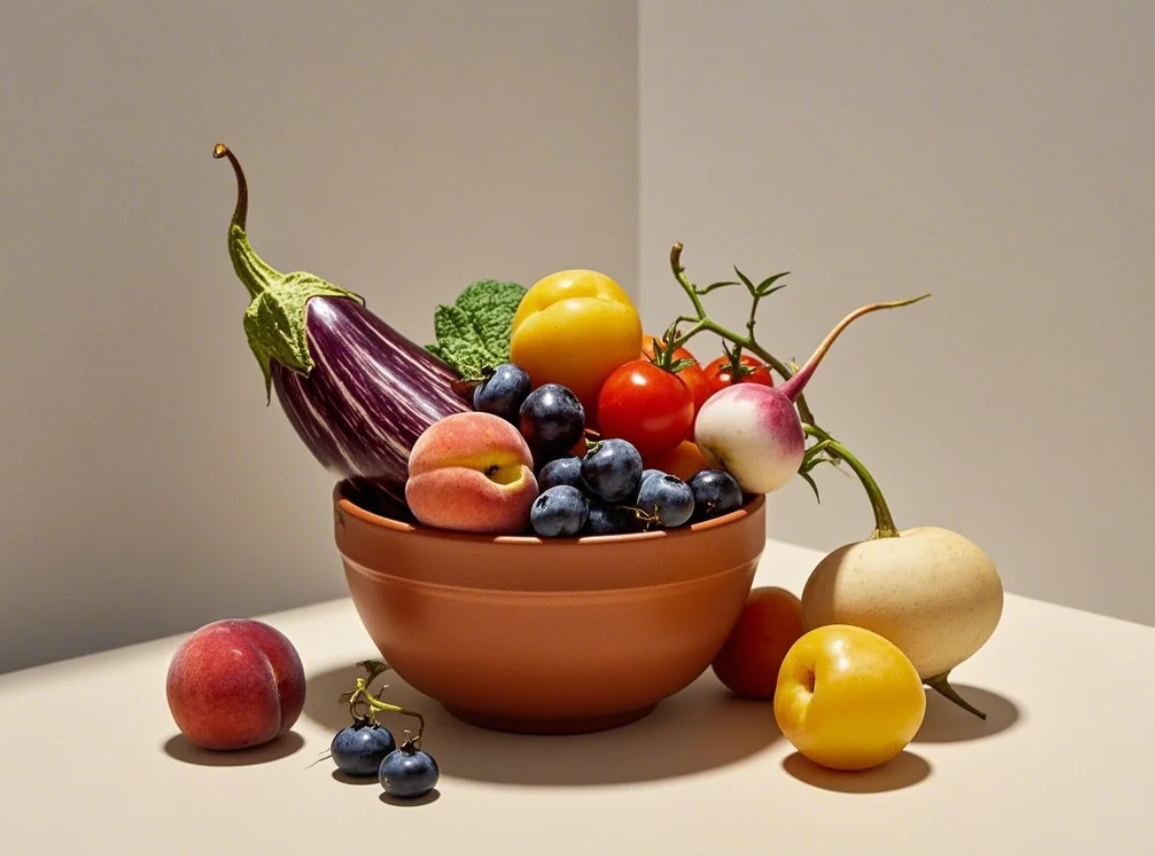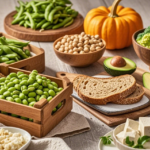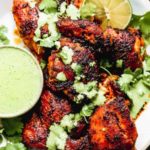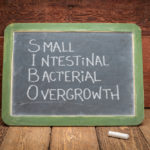When you’re ready to make a major lifestyle change for your health, one of the first habits people look to kick is sugar. And it makes sense—sugar has been linked to a growing list of health concerns, including type 2 diabetes, heart disease, obesity, inflammation, and more.
But let’s be real: quitting sugar isn’t easy. In fact, many researchers now consider sugar to be one of the most addictive substances in our modern diets. It lights up the same reward centers in your brain as some drugs do. And with over 60 pounds of added sugar consumed by the average American each year, most of us are caught in its sticky grip—often without realizing it.
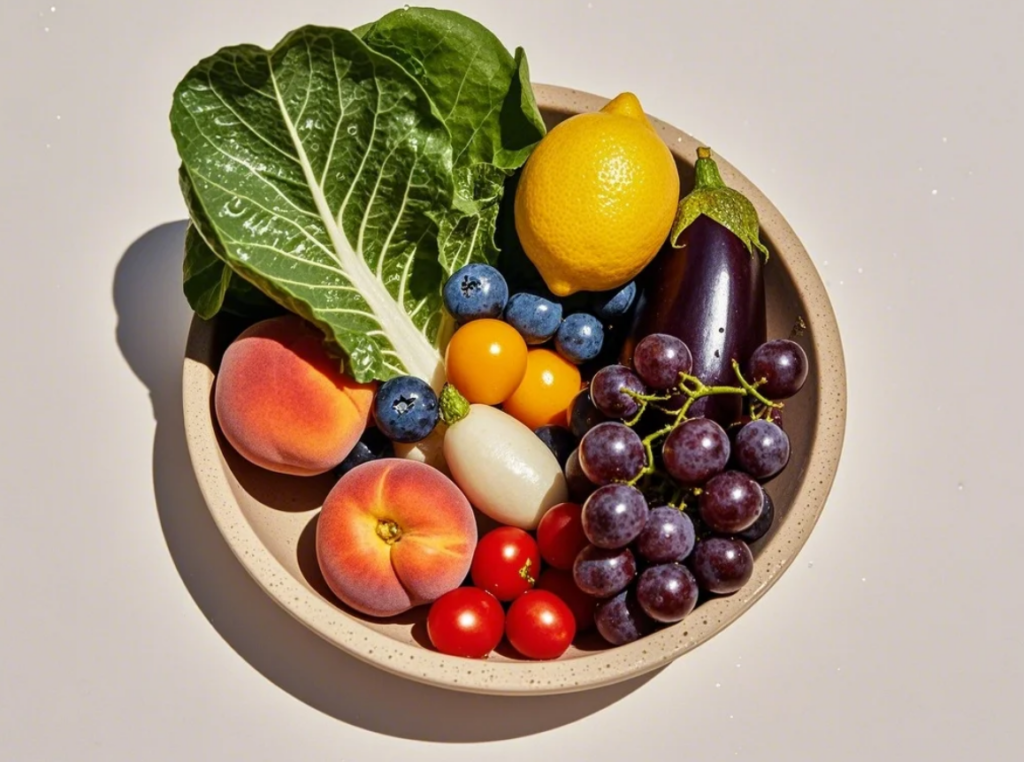
Why Is It So Hard to Quit Sugar?
One major challenge: sugar hides in plain sight. Nutritionist Emily Maguire explains that there are over 50 different names for sugar on food labels—from high-fructose corn syrup to maltodextrin, rice syrup, dextrose, and more. So even when you think you’re eating healthy, that “low-fat yogurt” or “whole grain bread” might still be secretly loaded with sugar.
“You’d be shocked at how many seemingly healthy products—like pasta sauce, salad dressing, and even canned vegetables—contain added sugars,” says Maguire.
What Is a No-Sugar Diet?
A no-sugar diet means eliminating all added sugars, minimizing or cutting out foods that are high in natural sugars, and avoiding sugar substitutes. More extreme versions also exclude fruits, dairy, and even plain yogurt.
But don’t panic—this isn’t about punishment. It’s about freeing your body and brain from sugar dependency, and in return, gaining more energy, clearer skin, better sleep, and even a more stable mood.
Benefits of a No-Sugar Lifestyle
Experts including Dr. Candice Seti and Dr. Kimberly Spair agree that reducing sugar can unlock a wide range of health benefits:
- Weight loss and reduced belly fat
- Lower risk of diabetes, heart disease, and high blood pressure
- Improved cholesterol levels
- Reduced inflammation and bloating
- Enhanced mental clarity and mood
- Clearer, healthier skin
- Better sleep and energy levels
“Every gram of sugar you avoid is a gift to your future self.” – Dr. Kimberly Spair
What Can You Eat on a No-Sugar Diet?
Surprisingly, you’ve got plenty of delicious, nourishing options. Here are some go-to choices:
Proteins: chicken, turkey, eggs, tofu, beef, salmon
Healthy fats: avocado, olive oil, nuts, seeds, nut butters
Vegetables: leafy greens, broccoli, carrots, cauliflower, zucchini
Complex carbs: sweet potatoes, quinoa, chickpeas, beans, lentils
Snacks & sweets (in moderation): fresh berries, 85% dark chocolate, Greek yogurt
Drinks: water, sparkling water, black coffee, herbal tea
You’re also allowed occasional indulgences—think a glass of wine, a few pieces of dark chocolate, or some fruit. The key is mindful moderation.
How to Start (and Stick to) a No-Sugar Diet
✅ 1. Clean Out Your Kitchen
Start by getting rid of sugar-laden snacks and sauces. Out of sight, out of mind—mostly.
✅ 2. Plan Your Meals Ahead
Find recipes and meal plans from sites like Minimalist Baker, Sprouted Kitchen, or Green Kitchen Stories. Batch cook when you can and bring sugar-free snacks on the go.
“Fail to plan, plan to fail,” says Maguire. “Look at your week, your schedule, and prep accordingly.”
✅ 3. Become a Label Detective
Sugar sneaks into things like granola bars, flavored yogurts, ketchup, and even “health drinks.” Read every label and know the sneaky names for sugar.
Expect Some Bumps in the Road
💥 The First Few Days Will Be Rough
Cravings, headaches, irritability, fatigue—this is your body going through withdrawal. But take comfort in knowing these symptoms don’t last forever.
“Stay with it—your energy and mood will stabilize soon,” says Dr. Seti.
💡 Combat Cravings Smartly
Don’t just grit your teeth through sugar cravings—outsmart them.
Snack on:
- A spoonful of almond butter
- Greek yogurt with chia seeds
- A square of dark chocolate
- Fresh berries or a boiled egg
💧 Hydrate Like a Champ
Water helps regulate blood sugar, flush toxins, and curb hunger. Aim for at least 8 glasses a day.
🥦 Load Up on Protein and Fiber
Protein and fiber help keep your blood sugar stable and cravings in check. Think grilled chicken with broccoli, or a quinoa and edamame bowl with avocado.
Don’t Try to Replace Sugar—Change Your Mindset
Don’t expect sugar-free cookies to taste like Oreos, or tea to replace that caramel latte. This isn’t about mimicking your old life—it’s about starting a new one with less dependency and more control.
Be Kind to Yourself
You’re doing something hard. And it’s okay if you’re not perfect. The point is progress, not perfection.
If you slip and eat a cookie? Breathe. Get back on track with your next meal. Your body—and your brain—are learning something new.
“Take it one day at a time,” says Dr. Seti. “Every successful day builds momentum. And every setback is a lesson, not a failure.”
Keep Your Why in Mind
Write down your reasons for starting this journey. Want to lose weight? Improve skin? Balance hormones? Whenever you feel like quitting, revisit your “why”—and keep going.
After the Detox: What Happens Next?
Once you pass the toughest days, something amazing happens:
- You’ll feel lighter, mentally and physically
- Your taste buds will adjust—sweet things might even start to taste too sweet
- You’ll feel empowered knowing you’re no longer controlled by cravings
But don’t rush back to sugar. If you reintroduce it, do so gently. Maybe a slice of fruit tart instead of a full candy binge. Your body will thank you.
A Quick Note on Risks
While there are no direct health risks to cutting added sugar, any extreme diet can create obsession or disordered habits. Make sure you’re eating enough calories and nutrients, and check with your doctor if you have underlying health conditions.
Final Thought: This Is Self-Love in Action
Quitting sugar isn’t punishment—it’s a powerful act of self-care. You’re not just detoxing your body, you’re reclaiming your relationship with food.
Let this be your reminder: You don’t need sugar to enjoy life—you just need clarity, intention, and a little patience.



